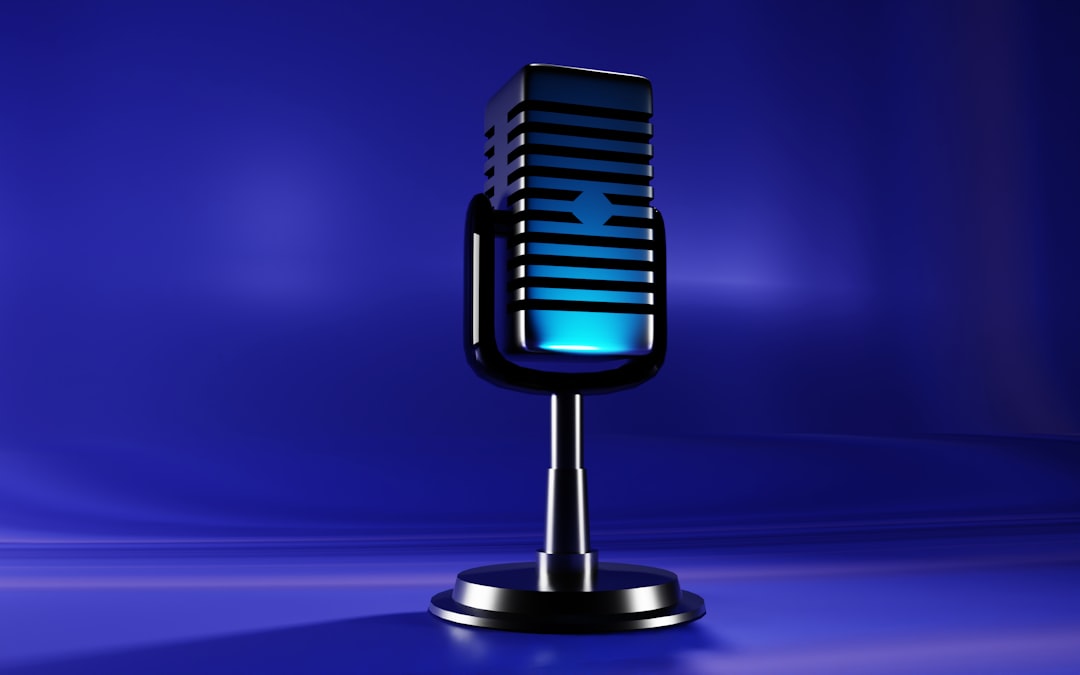In today’s digital era, content creators are no longer limited by language barriers. Reaching a global audience has become increasingly easy, thanks to advancements in artificial intelligence (AI). One of the most compelling innovations benefiting creators is AI dubbing. Whether you’re a YouTuber, a social media influencer, or a digital marketer, AI dubbing can quickly make your video content accessible in multiple languages, enhancing viewer engagement and reach.
AI dubbing involves the use of machine learning and deep neural networks to convert a video’s original spoken language into other languages, seamlessly syncing with the speaker’s lip movements and tone. This is beneficial not only for creators who want to expand internationally but also for those who wish to offer inclusive content to diverse linguistic groups.

Why Choose AI Dubbing Over Traditional Methods?
Traditional dubbing methods are often time-consuming, expensive, and labor-intensive. They generally involve hiring translators, voice actors, sound engineers, and studio equipment. AI dubbing eliminates most of these steps, offering a faster, more cost-effective solution.
- Speed: AI projects can process and translate videos within hours, rather than days or weeks.
- Affordability: Reduces the need for a full production team.
- Scalability: Easily adapt content to different markets without massive overhead.
- Consistency: Artificial voices can maintain consistent tone and emotion across different languages.
This makes AI dubbing especially useful for creators who frequently post content on platforms like YouTube, Facebook, or TikTok.
How AI Dubbing Works
The AI dubbing process begins by transcribing the original audio. Then, language processing algorithms translate this text into the target language. Finally, synthetic voices—or in some cases, cloned versions of the original speaker’s voice—narrate the translated content while syncing accurately with the video’s visual cues.
Advanced systems can even modulate expressions and emotion, ensuring the dubbed version doesn’t lose the emotional context found in the original.

Popular AI Dubbing Platforms
Several innovative platforms have emerged as leaders in AI dubbing. These include:
- DeepDub: Offers emotional voice matching and lip sync technology.
- Dubverse: Provides automatic translation, voice-overs, and subtitling.
- HeyGen: Known for realistic voice cloning and easy online integration.
Many of these platforms also allow creators to preview and fine-tune the dubbed output to better match their brand voice and audience preferences.
Benefits for YouTube and Facebook Creators
Content creators on YouTube and Facebook stand to gain significantly from AI dubbing. These platforms offer enormous global reach, and multilingual content helps penetrate new markets without the need to recreate material from scratch.
- Increased Engagement: Viewers are more likely to watch and share videos in their native language.
- Wider Reach: Gain followers from non-native language speakers and international markets.
- SEO Boost: Multilingual metadata and captions improve discoverability across different search engines.
Additionally, AI dubbing ensures uniform delivery of brand messaging and tone—vital for maintaining authenticity across multiple languages.
Challenges and Ethical Considerations
While AI dubbing offers many advantages, there are some challenges to consider:
- Accuracy: Machine translations may not always capture cultural nuances or idiomatic expressions.
- Voice Authenticity: Synthetic voices may not sound as convincing as human voice actors.
- Licensing: Using voices, especially cloned ones, can raise ethical and copyright concerns.
It’s important for creators to use reputable platforms and regularly review and revise content translations to ensure quality and compliance.
Conclusion
AI dubbing is revolutionizing how creators connect with a global audience. By minimizing costs, reducing turnaround times, and maintaining content quality, it’s an invaluable tool for modern digital storytelling. As AI technology continues to evolve, the barrier between language and audience will become increasingly blurred, enabling creators of all sizes to make their mark around the world.
Frequently Asked Questions (FAQ)
- Q: Is AI dubbing expensive?
A: Compared to traditional dubbing, AI dubbing is generally much more affordable and scalable. - Q: Can AI match the original speaker’s tone and emotion?
A: Advanced AI platforms offer emotional voice matching and sometimes voice cloning for accurate representation. - Q: Is AI dubbing better than subtitles?
A: Subtitles are helpful, but dubbing provides a more immersive experience, especially for speakers of different languages. - Q: What languages does AI dubbing support?
A: Most platforms support a wide range of languages, from Spanish and French to Chinese, Arabic, and more. - Q: Do I need technical skills to use AI dubbing?
A: No, most platforms offer user-friendly interfaces designed for creators with no technical background.
